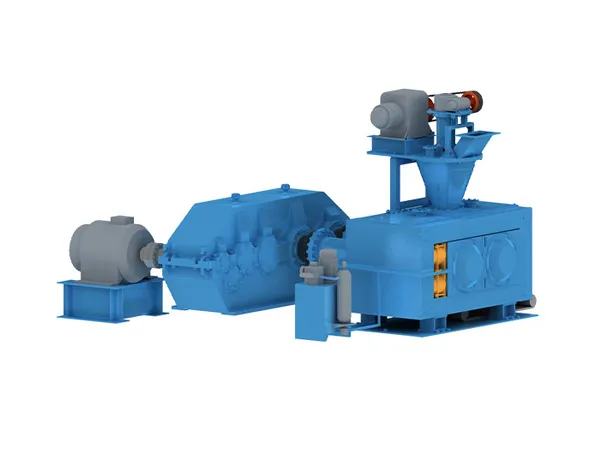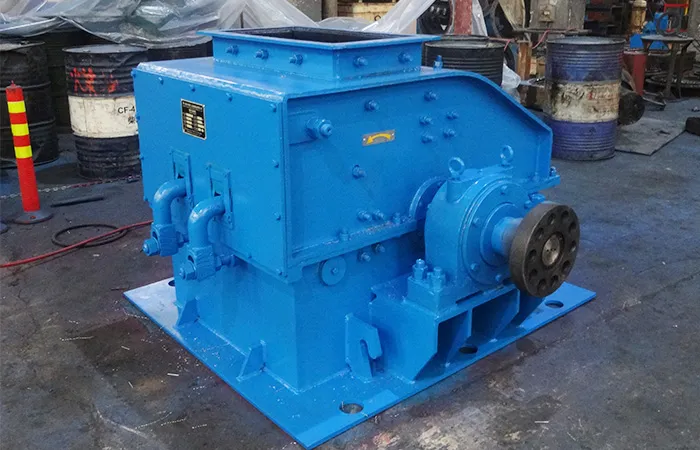Брикетировочные машины play a vital role in converting biomass, металлическая стружка, or other waste materials into compact, reusable briquettes. Со временем, these machines may face operational challenges such as mechanical wear, hydraulic failure, or sensor malfunction, which can reduce productivity and increase downtime. Understanding the fundamentals of briquetting machine repair is essential for maintaining efficiency, extending equipment lifespan, and ensuring consistent briquette quality.
Briquetting Machine Repair

я. Common Wear Parts and Their Repair
The most frequently worn parts in a briquetting machine are the propeller (screw auger), the sleeve (forming die/mold), and the heating coils/rings. Regular inspection and timely repair of these parts are crucial for efficient operation and quality briquettes.
Propeller (Screw Auger):
Проблема: Носить, износ подставки для ног и износ спинки сиденья, гибочный, or a non-smooth surface, especially at the tip and along the threads. This can lead to poor briquette formation, no briquettes, or inconsistent density.
Repair:
Welding and Polishing: If worn, use a wear-resistant electrode (diameter 5.0mm or above) to build up the worn areas. Preheat the propeller end to around 200°C before welding. The welding thickness should exceed the required thickness by 1-2mm.
Охлаждение: After welding, allow for natural cooling. Some methods suggest inserting the welded part into dry quicklime or plant ash to cool slowly.
Grinding/Polishing: После охлаждения (below 50°C), grind and polish the surface using silicon wheels (or green silicon carbide wheels) to the specified size until it’s smooth and the angle is correct. Ensure the R-angle at the root of the screw head is treated properly.
Coaxiality: Correct any deformation or bending to ensure the coaxiality of the propeller’s tip.
Regular Replacement: Some recommend replacing the screw head after 1-2 days of operation, regardless of wear, to maintain optimal performance.
Sleeve (Forming Die/Mold):
Проблема: Носить, rust spots, or large pits can lead to poor quality briquettes, no briquette formation, or issues with material discharge.
Repair:
Инспекция: Periodically check the degree of wear.
Repairing Small Damage: For rust spots, timely repair is needed.
…
More detailed information on how to repair the briquetting machine can be found at: https://www.zymining.com/en/a/news/briquetting-machine-repair.html










